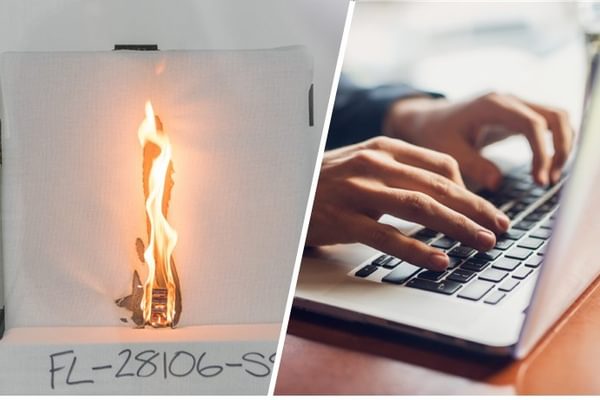

Leather types, characteristics and maintenance
Leather types and characteristics, the benefits of testing and care and maintenance of leather upholstery

Leather has been used as an upholstery cover for centuries and present-day furniture styles and designs, coupled with modern leather finishing techniques and types, have increased its market share considerably in recent years. However, the attractiveness and popularity of today’s leather upholstery must not detract from the fact that leather, like any other material, must be of satisfactory quality and fit for purpose.
Upholstery leather is expected to be free from manufacturing faults and reasonably durable - performance requirements should not be an afterthought but a first consideration, and if suitable levels are not achievable the leather is not suitable for use no matter how attractive it may be.
The sensible course of action is to evaluate the leather prior to use to minimise premature breakdown and customer complaints.
Standards which can be used to evaluate leather performance are:
However, the situation is not straightforward as the British Standard is over 20 years old and the European standard does not grade leather performance for different end-use categories. In the interim FIRA uses a set of requirements based on the two standards and in-house expert knowledge of upholstery leather to determine whether a leather is suitable for upholstery use. It also provides advice on applicability for different upholstery use environments.
Once a revised BS 6608 is published performance requirements for different upholstery applications will be available to all and leather manufacturers, specifiers, purchasers etc. will be able to specify clearly the performance level achieved and /or required for different leather types and grades.
There are a number of test methods relevant to upholstery leather performance– some key properties are listed below
These properties provide information on leather strength; the possibility of premature cracking during use leading to delamination of the top surface; whether the surface colour is likely to wear away early due to rubbing and whether the colour will fade prematurely due to sunlight. Other test methods not currently incorporated in the BS or BSEN include measurement of soil resistance, colourfastness to perspiration and leather stretch. These methods are useful when used in conjunction with the current standards as a full profile of the leather’s performance is obtained.
Reduce complaints and see a cost-benefit
The true cost of a customer complaint incorporates not only the value of replacement, repair or refund but also staff time, transport, telephone calls, possible loss of goodwill and future business.
Ensuring the performance of leather through testing will reduce complaints and demonstrate that it is of suitable quality for upholstery applications.


Leather types and characteristics, the benefits of testing and care and maintenance of leather upholstery


Guide for manufacturers and suppliers of upholstery and components to help identify the flammability testing requirements for different upholstery components in a straightforward manner. The guide draws upon experience gained by retailers and test organisations when conducting ignition tests for the industry and other interested parties


Guidance and checklist for companies to help identify if their products have the correct test certification and comply with the Furniture & Furnishings (Fire) (Safety) Regulations 1988 (as amended)